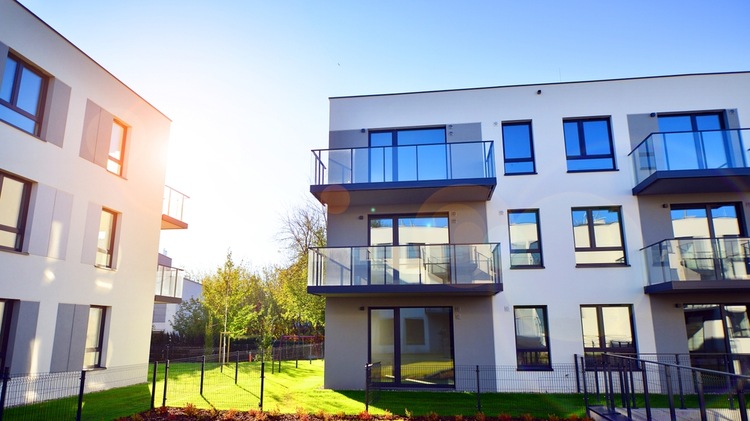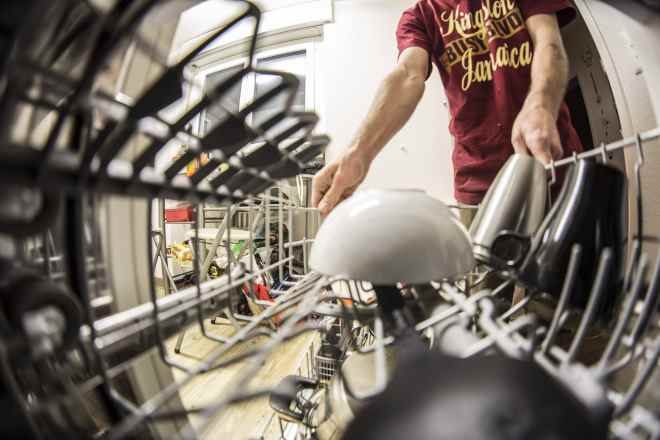Living Areas Filled with Natural Light
From modern city apartments to quieter suburban units, residents often appreciate layouts that provide natural light, functional spaces, and access to local amenities. Neighbors and visitors note that thoughtfully designed interiors and nearby shops or parks contribute to a comfortable and balanced lifestyle. These apartments suit a variety of daily routines, from work-from-home arrangements to casual weekend activities.

Natural light is often considered a premium feature in rental apartments, creating spaces that feel larger, more inviting, and healthier. Apartments designed with abundant natural light offer numerous benefits beyond mere aesthetics, including potential energy savings, improved mood, and enhanced functionality. Whether you’re working from home, relaxing after a long day, or entertaining guests, living spaces illuminated by natural sunlight provide an unmatched ambiance that artificial lighting simply cannot replicate.
Urban and Suburban Locations with Optimal Light Exposure
The location of an apartment significantly impacts the quality and quantity of natural light it receives. Urban apartments often face unique challenges with neighboring buildings potentially blocking direct sunlight. However, many modern urban developments now prioritize light optimization through strategic building orientation and larger windows. Corner units in city buildings frequently offer multiple exposure points, allowing sunlight to filter in throughout the day from different angles.
Suburban apartment communities typically benefit from lower-density surroundings, providing more opportunities for natural light. These properties often feature more windows per unit and may include additional architectural elements like skylights or transom windows that enhance light penetration. When apartment hunting across different location types, consider how the building’s positioning and surrounding environment might affect light exposure throughout changing seasons.
Functional Layouts Designed to Maximize Natural Light
The internal layout of an apartment plays a crucial role in how natural light flows through the space. Open floor plans have gained popularity partly because they allow sunlight from windows to penetrate deeper into living areas. Apartments with thoughtfully designed layouts position main living spaces like living rooms and kitchens where they can receive optimal sunlight exposure, while reserving interior spaces for bathrooms or storage areas that require less natural illumination.
Strategic placement of interior walls, the height of ceilings, and the size and positioning of windows all contribute to how light moves through an apartment. Many modern apartments feature glass doors or interior windows between rooms to allow light to travel further into the space. When viewing potential rentals, pay attention to how the layout either enhances or restricts the flow of natural light throughout different times of day.
Architectural Features That Enhance Natural Illumination
Beyond basic layout considerations, specific architectural elements can dramatically increase the amount of natural light in an apartment. Floor-to-ceiling windows, bay windows, and corner exposures all maximize light intake. Reflective surfaces like glossy floors or strategically placed mirrors can amplify available light by bouncing it deeper into rooms. Light-colored walls and ceilings further enhance this effect by reflecting rather than absorbing incoming sunlight.
Some luxury apartments now incorporate light wells or atria that channel sunlight from the roof down through multiple floors. French doors or sliding glass doors leading to balconies or patios not only provide access to outdoor spaces but also create larger light portals than standard windows. When evaluating apartments, look for these architectural features that can transform an ordinary space into a light-filled sanctuary.
Adaptable Spaces for Work and Leisure Activities
Apartments with abundant natural light offer greater flexibility for various activities. Home offices positioned near windows provide ideal conditions for productive work, reducing eye strain and creating a more pleasant work environment. Natural light helps maintain healthy circadian rhythms, potentially improving sleep quality and overall wellbeing—especially important for those who spend significant time indoors.
For leisure activities, naturally lit spaces enhance experiences like reading, crafting, or entertaining. Plants thrive in sun-drenched areas, allowing residents to create indoor gardens that further improve air quality and visual appeal. The adaptability of well-lit spaces means the same area can transition seamlessly from a productive workspace during the day to a relaxing entertainment zone in the evening, all while reducing reliance on artificial lighting.
Seasonal Considerations for Light-Optimized Apartments
The quality and angle of natural light change dramatically with the seasons, an important factor when selecting an apartment. South-facing units (in the Northern Hemisphere) typically receive the most consistent light throughout the year, while east-facing apartments enjoy morning brightness and west-facing units benefit from afternoon and evening illumination. North-facing apartments generally receive the least direct sunlight but offer more consistent, diffused light that some residents prefer for its even quality and reduced glare.
Consider how seasonal changes might affect your living experience. Summer months bring longer daylight hours but potentially excessive heat, making features like adjustable blinds or energy-efficient windows important. Winter months with shorter days might make maximizing available light even more crucial. Some apartments offer the best of both worlds with multiple exposures, allowing residents to enjoy different qualities of light throughout the day and year.
Energy Efficiency Benefits of Natural Light
Apartments designed to maximize natural light often provide significant energy savings. Reduced reliance on artificial lighting during daylight hours can lower electricity bills, while strategic window placement can contribute to passive solar heating in winter months. Many newer apartment buildings incorporate energy-efficient windows that allow light to enter while minimizing heat transfer, keeping interiors cooler in summer and warmer in winter.
Some modern developments take this concept further with smart home features that automatically adjust blinds or shades throughout the day to optimize natural light while maintaining comfortable temperatures. These energy-efficient designs not only reduce utility costs but also minimize environmental impact, making light-optimized apartments increasingly attractive to environmentally conscious renters.
Finding Balance: Privacy and Natural Light
While abundant natural light is desirable, balancing brightness with privacy remains a consideration for many renters. Apartments in high-density areas may require thoughtful window treatments that allow light to enter while maintaining privacy. Frosted glass, top-down bottom-up blinds, or sheer curtains can provide solutions that don’t compromise either concern.
The height of an apartment within a building also affects this balance—units on higher floors typically enjoy more natural light with fewer privacy concerns than ground-floor apartments. When viewing potential rentals, consider how the unit’s position relative to neighboring buildings impacts both light exposure and privacy needs, and evaluate what window treatment options would be necessary for your comfort.




